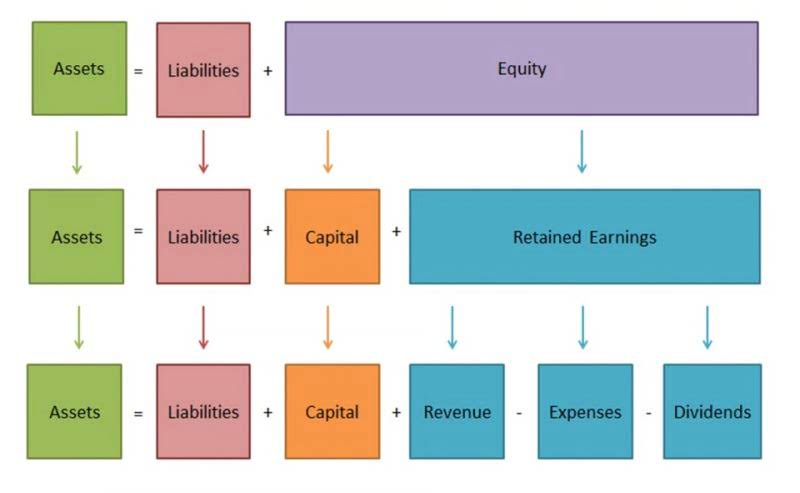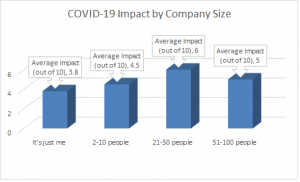
Businesses can forecast cash into any category or entity on a daily, weekly, and monthly basis with up to 95% accuracy, perform what-if scenarios, and compare actuals vs. forecasted cash. This example shall give us a practical outlook of the concept and its ebbs and flows. The suppliers, who haven’t yet been paid, are unwilling to provide additional credit or demand even less favorable terms. In this perfect storm, the retailer doesn’t have the funds to replenish the inventory flying off the shelves because it hasn’t collected enough cash from customers. Companies with significant working capital considerations must carefully and actively manage working capital to avoid inefficiencies and possible liquidity problems.
Change In Net Working Capital Calculator
Remember that Net Working Capital requirements vary significantly across industries and business models. The key is to find the optimal level that supports your specific operational needs while maximizing financial flexibility and efficiency. Optimizing Net Working Capital changes in nwc formula is about finding the right balance between maintaining sufficient operational resources and avoiding excessive cash tied up in working capital.
When Should I Be Concerned About a Positive Change?
Just as individuals save money to make investments, businesses use their net working capital to invest in projects expected to generate more revenue. This could include expanding product lines, entering new markets, or upgrading equipment. As a general rule, the more current assets a company has on its balance sheet relative to its current liabilities, the lower its liquidity risk (and the better off it’ll be). The net working capital (NWC) metric is a measure of liquidity that helps determine whether a company can pay off its current liabilities with its current assets on hand. Conceptually, working capital represents the financial resources necessary to meet day-to-day obligations and maintain the operational cycle of a company (i.e. reinvestment activity). If a company’s change in NWC increased year-over-year (YoY), a negative sign is placed in front to reflect that the company’s free cash flow (FCF) is reduced because more cash is tied up in operations.
Operating Working Capital or Non Cash Working Capital
Investors use the change in net working capital to assess a company’s financial health and operational efficiency. A positive change indicates a company is managing its resources well and might be able to generate more cash flow in the future. A negative change may suggest liquidity problems, which could impact the company’s ability to meet obligations and continue operations.
Suppose we’re tasked with calculating the incremental net working capital (NWC) of a company, given the following historical data. Briefly, an increase in Financial Forecasting For Startups net working capital (NWC) is an outflow of cash, while a decrease in net working capital (NWC) is an inflow of cash. My Accounting Course is a world-class educational resource developed by experts to simplify accounting, finance, & investment analysis topics, so students and professionals can learn and propel their careers. First, add up all your current liquid assets and anything that will become liquid within the next year. So, the change in net working capital (\( WC \)) is -$5,000, indicating a negative change.
- This change is an adjustment on a company’s statement of cash flows, specifically within the operating activities section.
- HighRadius is redefining treasury with AI-driven tools like LiveCube for predictive forecasting and no-code scenario building.
- Populate the schedule with historical data, either by referencing the corresponding data in the balance sheet or by inputting hardcoded data into the net working capital schedule.
- If the change in working capital is positive, the company can grow with less capital because it is delaying payments or getting the money upfront.
- The change in net working capital is significant for stakeholders, providing insights into operational efficiency and financial stability.
- With the change in value, we will understand why the working capital has increased or decreased.
Add Up The Company’s Current Assets
If the final value for Change in Working Capital is negative, that means that the change in the current operating assets has increased higher than the current operating liabilities. If you are a business owner, it makes no sense to constantly check whether you have more assets than liabilities on the balance sheet. In the above picture, the highlighted part represents the total current liabilities of Walmart Inc which are due within a one-year time duration. Here, the total current liabilities for the year and 2019 is $77,790 million and $77,477 million respectively. Ultimately, changes in net working capital impact a company’s cash flow and financial health, highlighting the importance of monitoring these fluctuations for effective financial management. Understanding the factors driving changes in working capital is essential for evaluating a company’s financial health and operational efficiency.
Regularly monitoring NWC helps identify potential shortfalls, enabling proactive measures to maintain financial stability. The increment he is referring to is the increase in the current operating assets as mentioned above. Whether the asset or liabilities side has the increment is going to determine whether you include or exclude the change in working capital. If current liabilities is increasing, less cash is being used as the company is stretching out payments or getting money upfront before the service is provided.
Conversely, we subtract an increase (positive change) because it represents a use of cash. A negative net working capital, on the other hand, shows creditors and investors that the operations of the business aren’t producing enough to support the business’ current debts. If this negative number continues over time, the business might be required to sell some of its long-term, income producing assets to pay for current obligations like AP and payroll. Expanding without taking on new debt or investors would be out of the question and if the negative trend continues, net WC could lead to a company declaring bankruptcy. If a company can’t meet its current obligations with current assets, it will be forced to use it’s long-term assets, or income producing assets, to pay off its current obligations. This can lead decreased operations, sales, and may even be an indicator of more severe organizational and financial problems.
- Companies with significant working capital considerations must carefully and actively manage working capital to avoid inefficiencies and possible liquidity problems.
- To calculate this ratio, you take a business’s short-term money and compare it to all the money it has.
- This gives us a single value that tells us whether the working capital has increased (positive number) or decreased (negative number) over time.
- Change in Working Capital is a cash flow item and it is always better and easier to use the numbers from the cash flow statement as I showed above in the screenshot.
- A consistent, well-managed change suggests a company effectively converts sales into cash, signaling financial discipline and strong operational control.
- Net Working Capital represents the difference between a company’s current assets and current liabilities.
For example, an increase in NWC might indicate improved liquidity, while a decrease could signal challenges in managing short-term obligations. The whole point of understanding the change in working capital is to know how to apply it to your cash flow calculation when doing a DCF. Earlier, I said it’s not a good idea to grab the numbers from the balance sheet to calculate this. The “change” refers to how the cash flow has changed based on the https://www.bookstime.com/ working capital changes.






